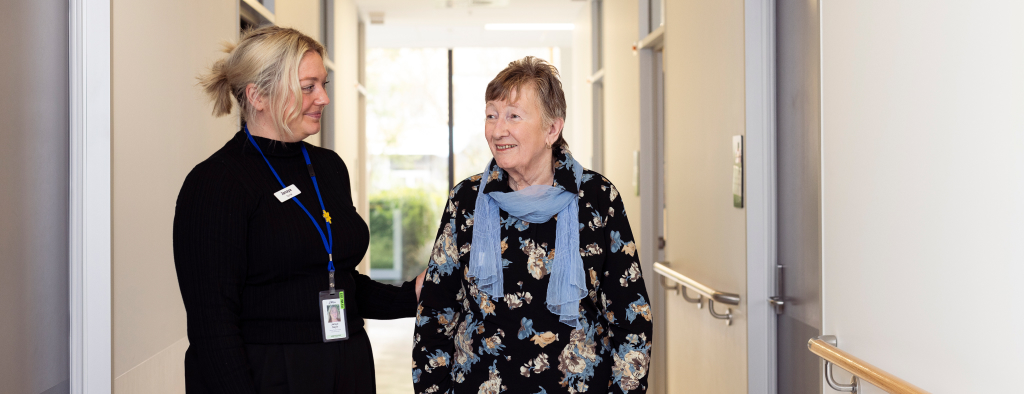
Demography
A snapshot of Victoria's population in 2022
- Victoria's population is growing and ageing.
- Aboriginal Victorians represent 1% of the state's population.
- About one in three Victorians are born overseas.
- Cancer is the cause of death for nearly one in three Victorians.
Victoria, Australia's second most populous state, houses over 6.6 million people. This is a 1.3% increase from the previous year, primarily driven by the reinstatement of overseas travel in 2022, with the majority (77%) residing in major cities.
In 2021, Victoria had 65,646 Aboriginal and/or Torres Strait Islander individuals, making up 1.0% of the state's population, with a median age of 24 years. The Victorian Cancer Registry and the Victorian Aboriginal Community Controlled Health Organisation (VACCHO) aim to enhance culturally safe services for better cancer outcomes among Aboriginal Victorians.
In 2021, 31.7% of Victorians, totaling 2,072,570 individuals, were born overseas, showing a 1% increase from 2016. A language other than English is used in 30% of Victorian households.
Australia has one of the highest life expectancies in the world. In Victoria, life expectancy at birth is 85.5 years for females and 81.6 years for males, an increase of one year for females and 1.1 years for males over the past decade. However, life expectancy is not equally distributed between Aboriginal and non-Aboriginal people.
 Visit the Demography chapter
Visit the Demography chapter
Published on 7th December 2023